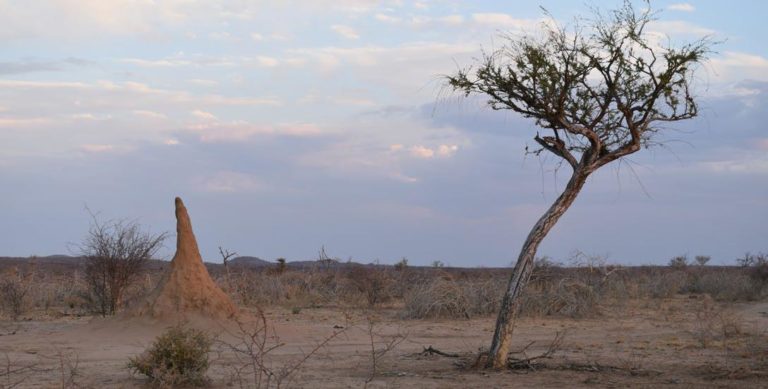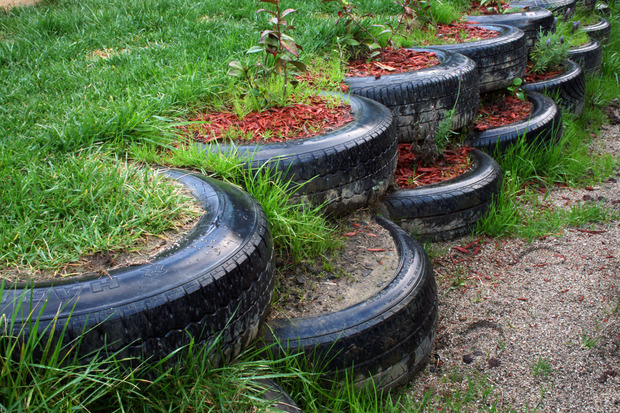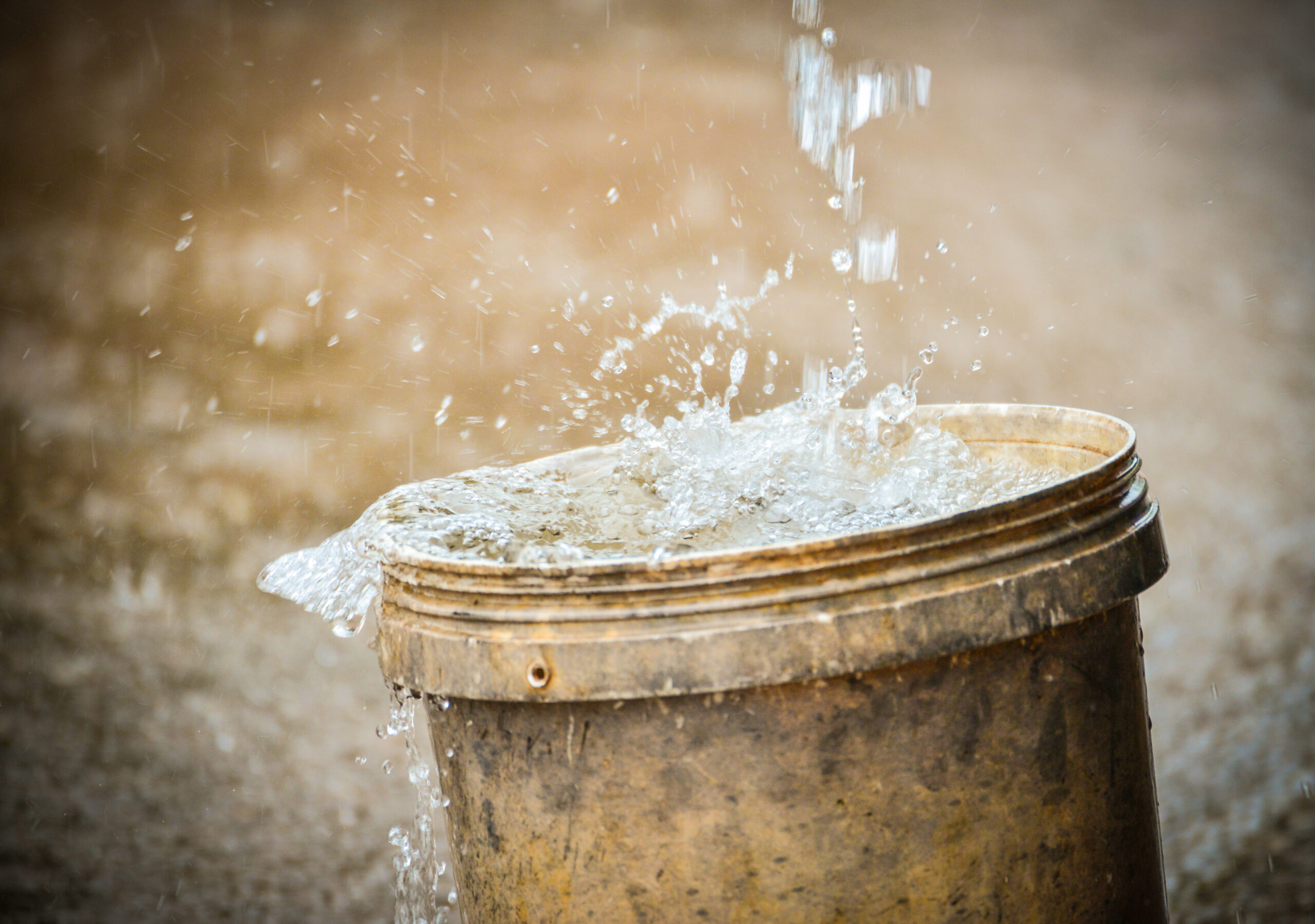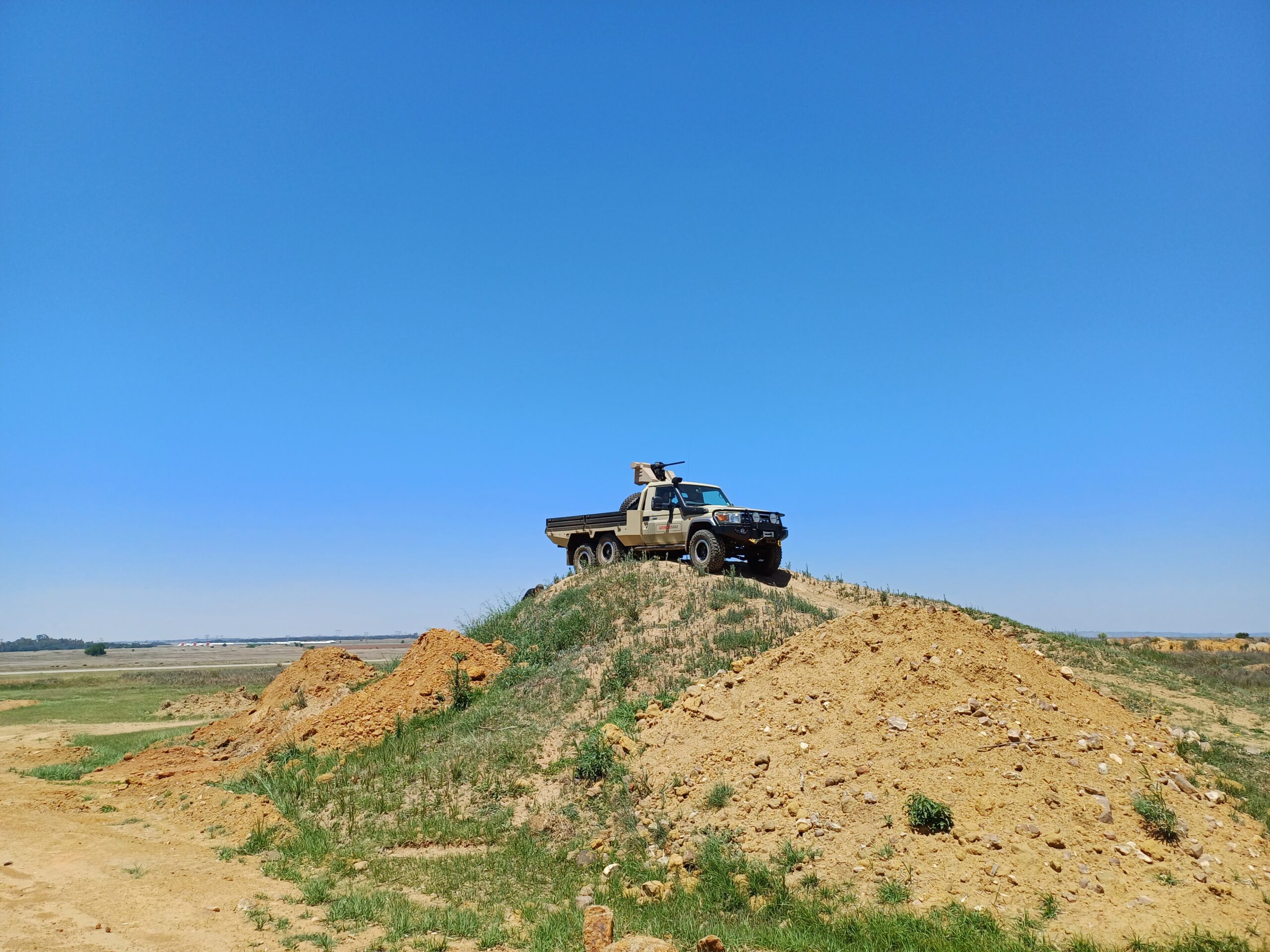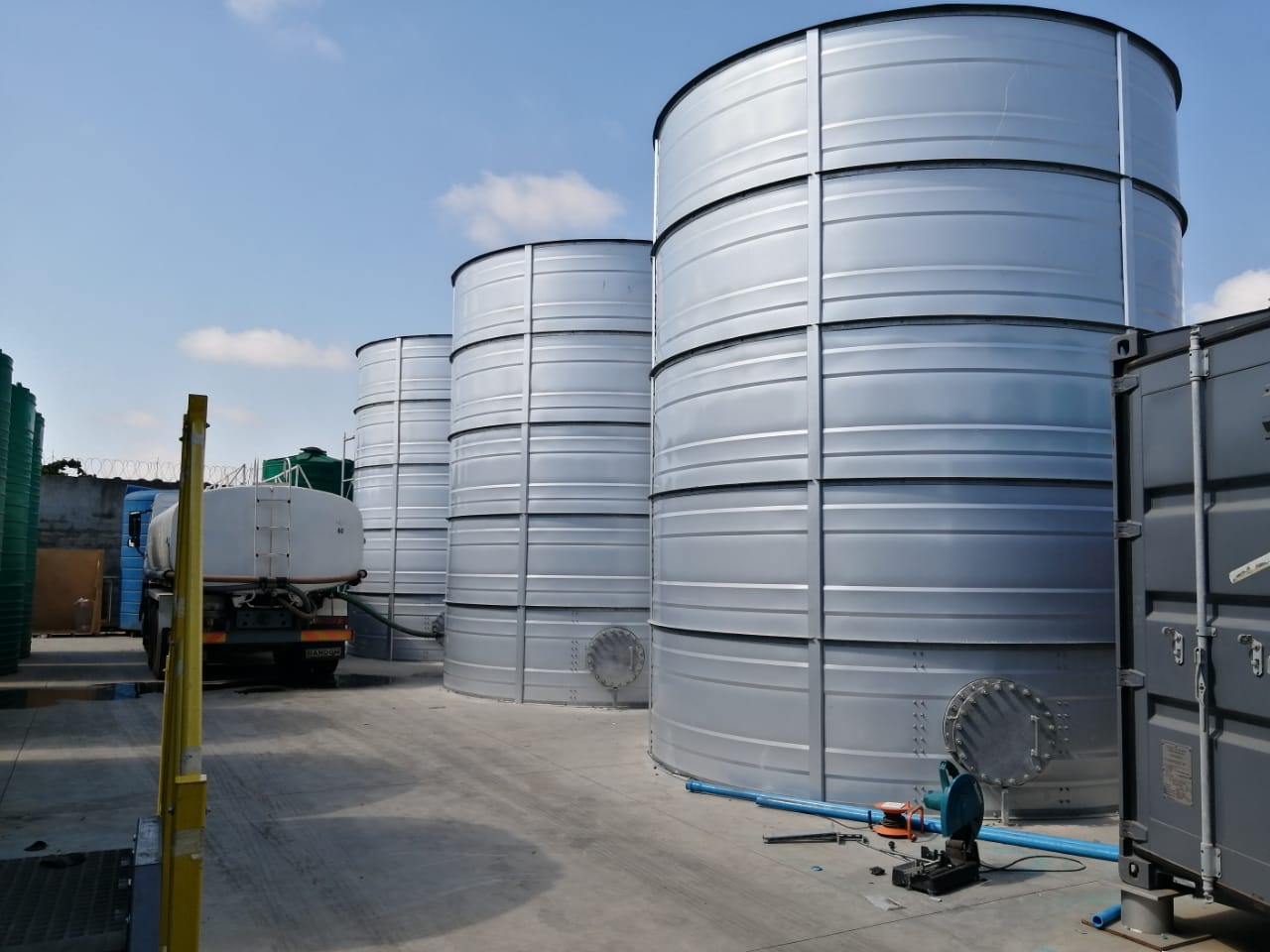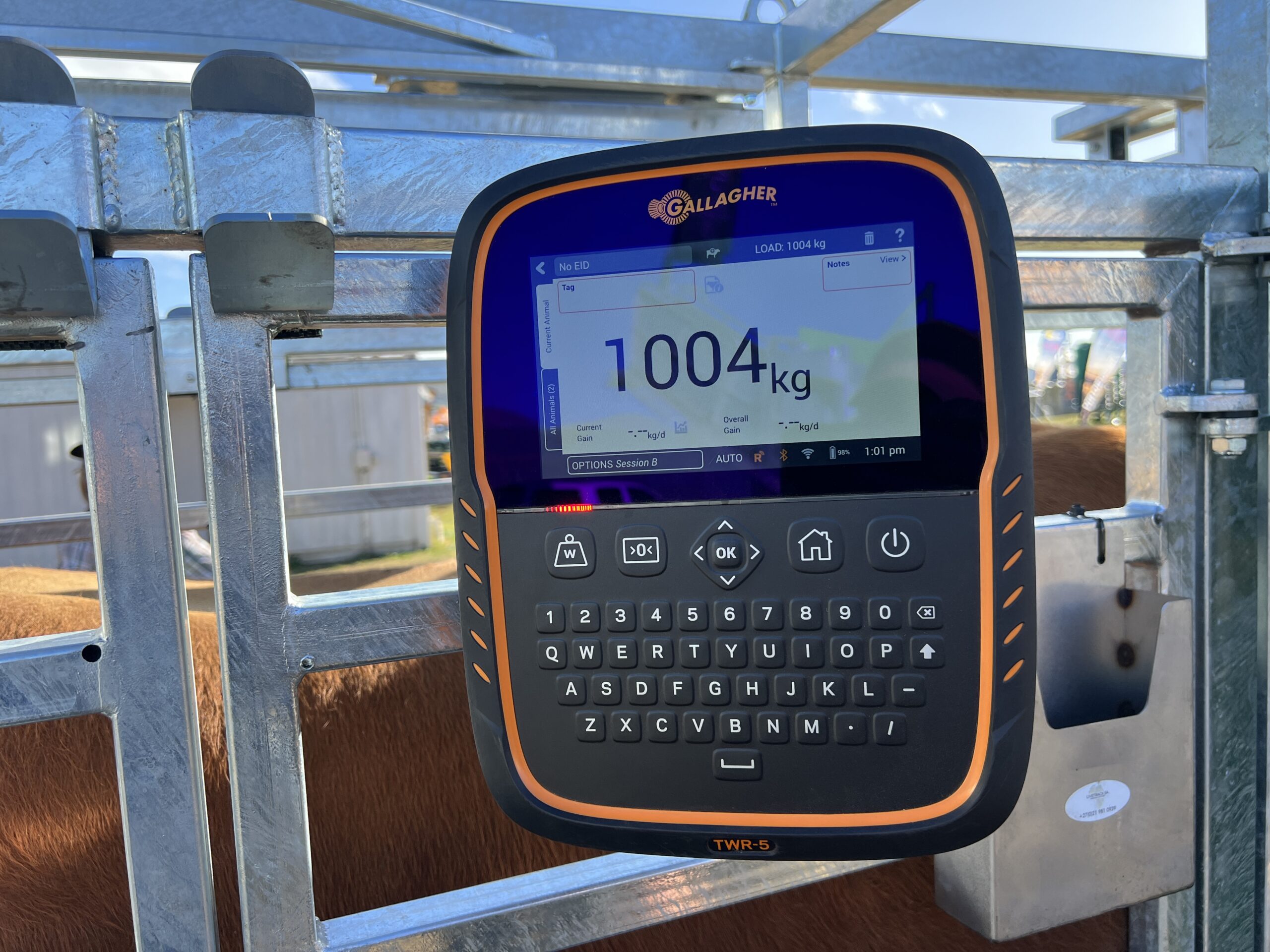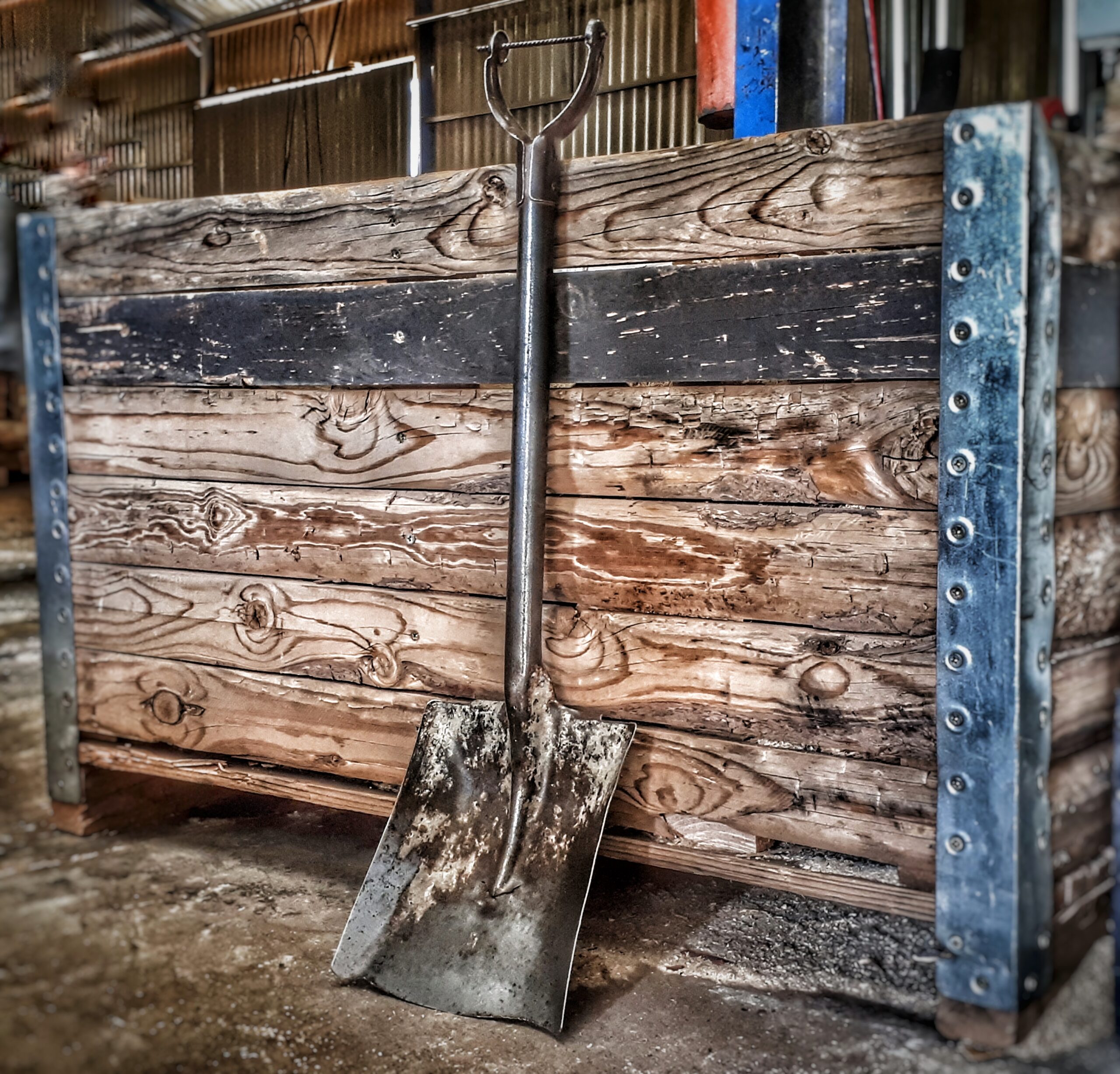If you are in a drought, most people say you should have planned for it. But it is too late for prior planning when the drought is upon you already. Presently the question is not what farmers should have done, but what can they do NOW to tide through the present drought.
The only solution that makes sense is to find another source of income to survive, or to reduce your herd by 50%. But still, having a long-term drought strategy is important at farm level, because an enduring drought can seriously deplete a farmer’s cash flow and prevent him from playing his important role in food production.
The Namibia Emerging Commercial Farmer’s Union’s declaration of the drought as a national disaster earlier this year states the gravity of the situation: The actual rainfall received is far below normal, which is to date around 30 to 40% of the average rainfall received. The high evaporation rate due to high temperatures is making water unavailable for plant growth and crop production, and the lack of rain is affecting the volume of water available in dams. Farmers’ debt levels are high and there is a possibility that they might not recover financially.
According to the emergency response plan of the Food and Agricultural Organisation of the United Nations, Southern Africa, for 2019-2020, 9,3 million people are severely food insecure in the nine most affected countries – a figure that could rise to over 12 million at the peak of the lean season (October 2019 to March 2020) without immediate intervention. Namibia’s Agricultural Union held an Agri Outlook Conference in October 2019, and most of the topics were about how to survive in the drought.
Malcolm Campbell, a farmer from Mariental, told the conference about his strategy to cope with the drought. He named differences of this drought compared to other droughts, like the one of 1982:
- Transport costs and feed prices are much higher
- The value of money is much lower, thus the income from investments et cetera is much lower Education and school hostels are more expensive
- Universities/colleges are much more expensive, yet they became a must to ensure good jobs for our children
- More people have debt – applying for loans became much easier
- Medical funds are a must and are more expensive
- Most people try too hard to impress neighbours and/or friends
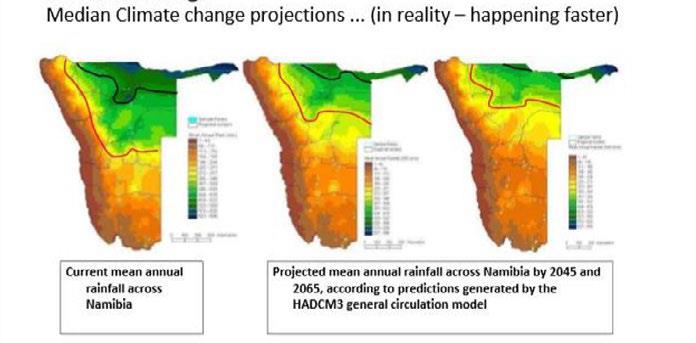
Median climate change projections. Source: Dr Chris Brown AOC – 2018.
Malcolm also said that a farm’s grazing needs to become healthy again after a drought. “Good, sustainable grazing makes for good livestock farming and a good cash flow.
“Farmers must try to build up quality grazing before a drought and manage it properly by reducing livestock numbers in time during a drought.”
He added that a farmer should never exceed 80% of biomass grazing capacity during a good rain season, but save at least 20% to provide for a possibly bad next rain season.
Diversification is the next important step for Malcolm. “Never put all your eggs into one basket. A farmer should have different types of livestock and different grazing methods and preferences to reach different markets. This will ensure a more equal income over time rather than a too sharp up or down in income when you do not diversify,” he says.
By keeping different breeds of small stock, he says, you can choose which breed you are going to sell first during a drought: either the smallest income breed or the heaviest grazing breed or the breed with the lowest endurance. “Sometimes a drought is short enough, and you can make it through with your best breed in high numbers and the other breeds in lower numbers.
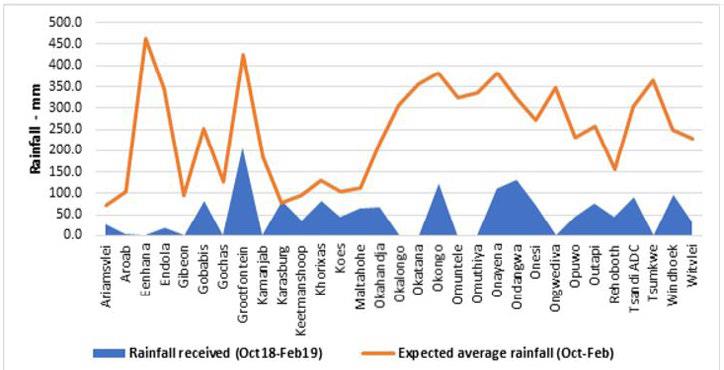
Actual rainfall receive vs expected average rainfall. Source: Metrological Service of Namibia.
He feels having beef cattle as a diversification in the south of Namibia, should only be to shorten long grass and not to be a fully economical sustainable farming method. “The rainfall and grazing in most of the southern parts of Namibia are just not enough for that.”
And to have planted green feed like lucerne, prickly pears et cetera, that can help you even in the slightest during the drought, may be worth gold, says Malcolm.
“But then you must have enough water. If you pump out all your water during a drought situation, you are much worse off than having little grazing but still an ample supply of water.”
He also thinks farmers should try to build up enough funds before the drought if possible. “Pay money into one account every month and follow a proper budget right through the year based on average incomes and expenses,” Malcolm advised.
To keep your funds going for as long as possible, you should identify your non-producing animals and sell them.
“You should also do proper vaccination and parasite control and keep predators out of your farm or manage them,” he says.
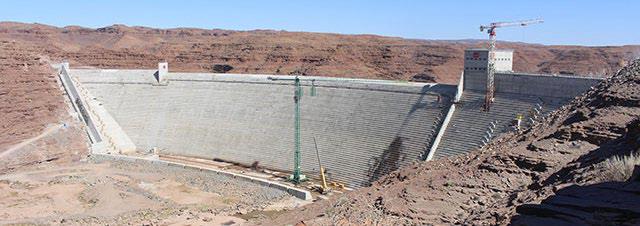
The Neckartal Dam in Namibia still under construction. When the dam is completed, it will be the largest dam in Namibia.
Jacques Cloete of FNB gave tips on how to tackle the drought challenge financially:
- Think critically about how you can increase your income
- Reduce your expenses and apply money wisely
- Plan strategically
- Financial reserves outside farming
- Be prepared
- Analyse your situation
- Compare different income streams
Colin Nott, Namibian Rangeland’s recovery plan for farmers:
- Reduce the cost of production per animal
- Plan for profit and cut costs – there are tools to assist with this
- Increase productivity per hectare
- Farmers need to increase the number of plants above and below ground to increase the soil microbiome, which improves soil carbon and improves soil function
- When this happens, farmers will have improved soil cover throughout the year, improved herbage yield and livestock production and good soil, plant, animal, and human health, as well as water quality and farm profit.
Peter Zensi, a farmer in Namibia, also gave his strategy to cope in the drought at the conference. He said: “I would, for a quick turnover, sell my weaners, sell my stores, buy lean cows with potential of 220 kg carcass even at 12,5% interest, produce lean beef and intensify my herd management for better production, and keep 30% fewer cows than before the drought.”
Vehaka Tjimune, of the German aid organisation, GIZ, spoke about the future of farming and says Namibia is potentially vulnerable to climate change. “Farmers must make their farm ventures less dependent on rain and grazing, and less dependent on underground water,” says Vehaka. GIZ has been working in Namibia on
behalf of the German Federal Ministry for Economic Cooperation and Development (BMZ) and the German Federal Ministry for the Environment, Nature Conservation and Nuclear Safety (BMU) since the country gained its independence in 1990.
Namibia’s rainfall
Namibia has an extremely unpredictable rainfall. The current drought cycle already started in 2013, with 2019 being the fifth year of the last 7 years with drought conditions.
Namibia dam levels
The dam levels decreased further in 2019. Namibia has 18 dams with Hardap being the largest with a capacity of 294 mil m3. In October 2019 The Namibian reported on the Hardap Dam that gives the Mariental community and irrigation farms surrounding the dam water. About 5% of the dam water is supplied to the community and 20% is used for irrigation.
They wrote: “The dam currently holds 14,7% of capacity and at the current consumption rate irrigation will have to be stopped by November 2019,” the newsletter said. On 26 September, the Hardap farmers met over this crisis and decided that each one will cease irrigation of 40% of their farmland as from 1 November 2019 in order to save water. This will mean that the channel will still provide water for 60% of their farms until end of January 2020. Any rain and inflow into the dam before that date will bring relief and avert the crisis, the NAU said.
The Neckartal Dam is a dam under construction since 2013 in the Karas Region of southern Namibia. It is a curved gravity dam on the Fish River near Berseba, 40 kilometres northwest of the regional capital Keetmanshoop. Once completed, it will be the largest dam in Namibia, almost three times the capacity of the Hardap Dam upstream. The dam’s purpose is to support a 5 000 hectare (12 000 acres) irrigation scheme nearby.

